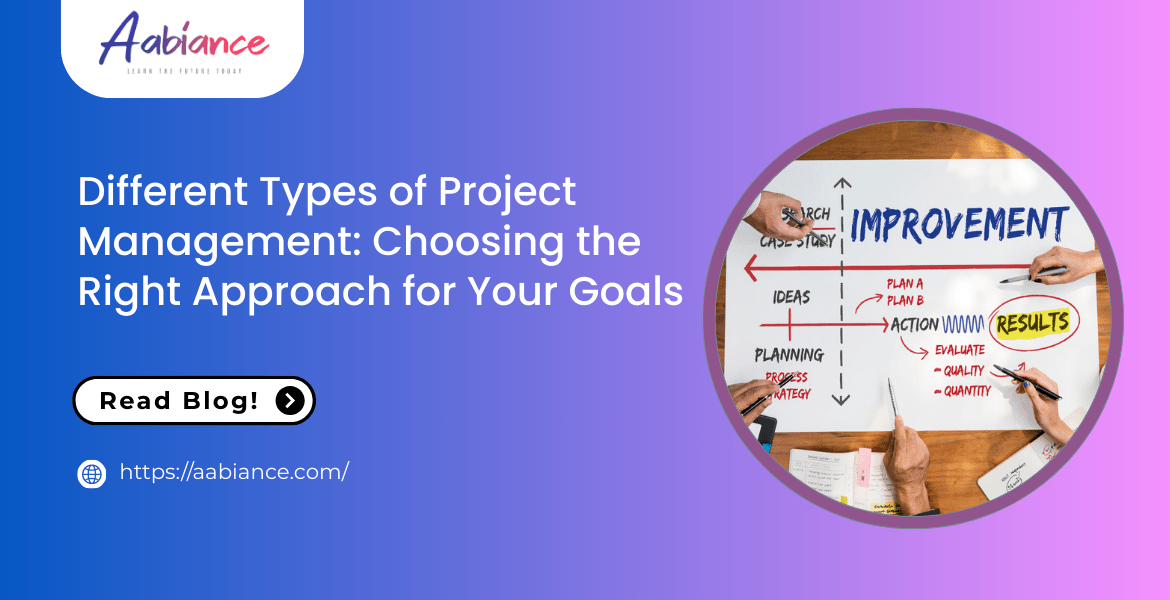Different Types of Project Management: Choosing the Right Approach for Your Goals
July 25, 2025 2025-09-15 14:11Different Types of Project Management: Choosing the Right Approach for Your Goals
Table of Contents
hide



